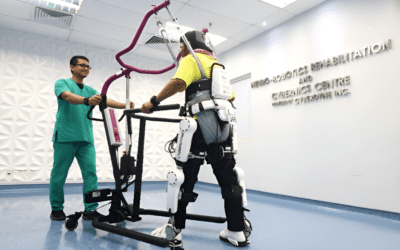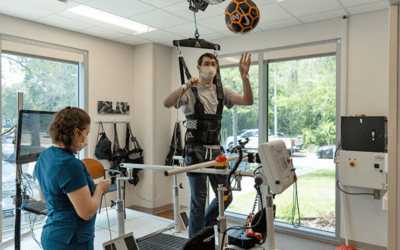Chronic migraine is a neurological condition characterized by experiencing headaches on at least 15 days per month, with migraine features on at least 8 of those days, for more than three months. These migraines can involve intense, throbbing pain, sensitivity to light or sound, nausea, and other debilitating symptoms, significantly affecting daily life and functioning. Chronic migraine differs from episodic migraine in its frequency and the impact it has on a person’s quality of life.

Chronic migraine relief has seen significant advances in recent years, offering new and effective options for managing and preventing migraines.
Treating chronic migraine can be done acutely and preventively. There are multiple medications and integrative migraine treatments that may be able to provide relief
Here are some of the Best treatments for chronic migraine relief
New Medications for Chronic Migraine Relief
CGRP Inhibitors
Calcitonin gene-related peptide (CGRP) inhibitors, like Aimovig, is a new class of migraine-specific drugs. These monoclonal antibodies target CGRP, a molecule involved in migraine attacks, and have been shown to reduce the frequency and severity of migraines.
Gepants
Medications like Ubrelvy and Nurtec are CGRP receptor blockers, effective as preventive and acute treatments, providing migraine relief without the cardiovascular risks of traditional migraine medications.
Ditans
Lasmiditan is a new option for acute migraine prevention medication that works on serotonin receptors and offers an alternative to triptans, particularly for those who can’t tolerate triptans due to heart-related side effects.
Neuromodulation Devices
External Stimulation Devices
Devices like Cefaly (a nerve-stimulating headband), gamma Core (Vagus nerve stimulator), and Nerivio (a wearable device) provide non-drug options by using electrical impulses to modulate pain pathways, offering migraine relief and prevention for chronic sufferers.
Transcranial Magnetic Stimulation (TMS)
TMS devices, such as eNeura’s TMS, deliver magnetic pulses to the brain to reduce the frequency of migraines, particularly for those resistant to medications.
Botox Injections
Botox
FDA-approved for chronic migraine prevention, Botox is injected into specific head and neck muscles to block pain signals, reducing both the frequency and intensity of migraines. It’s particularly effective for people who suffer from 15 or more headache days per month.
Lifestyle and Alternative Therapies

Biofeedback and Cognitive Behavioral Therapy (CBT)
These mind-body migraine therapies help patients manage stress, a common migraine triggers by teaching relaxation techniques and modifying thought patterns that exacerbate pain.
Dietary Supplements for Chronic Migraine Relief
Natural supplements such as magnesium, riboflavin (vitamin B2), and Coenzyme Q10 have shown potential in reducing migraine frequency in some individuals.
Acupuncture
Some studies suggest that acupuncture can provide relief by stimulating specific pressure points that influence pain regulation.
Lifestyle Adjustments
Trigger Management
Identifying and avoiding personal triggers (e.g., certain foods, sleep patterns, stress, and environmental factors) remains a cornerstone of chronic migraine management.
Sleep, Hydration, and Exercise:
Proper sleep hygiene, hydration, and regular physical activity can significantly reduce the frequency and severity of migraines.
Chronic migraine relief has improved with the advent of new treatments like CGRP inhibitors, Neuromodulation devices, and Botox injections, alongside proven lifestyle and alternative therapies, migraine treatment at home. Patients now have more options tailored to their needs, offering hope for better management, headache relief, and enhanced quality of life.
Conclusion
Migraine Headache treatment includes a combination of therapies, medications, lifestyle adjustments, and, in some cases, Neuromodulation devices. Acute treatments focus on relieving symptoms during an attack, while preventive therapies aim to reduce the frequency and severity of migraines.
Each individual may respond differently to Migraine treatments, so finding the right combination often involves trial and error with the guidance of a healthcare provider.



